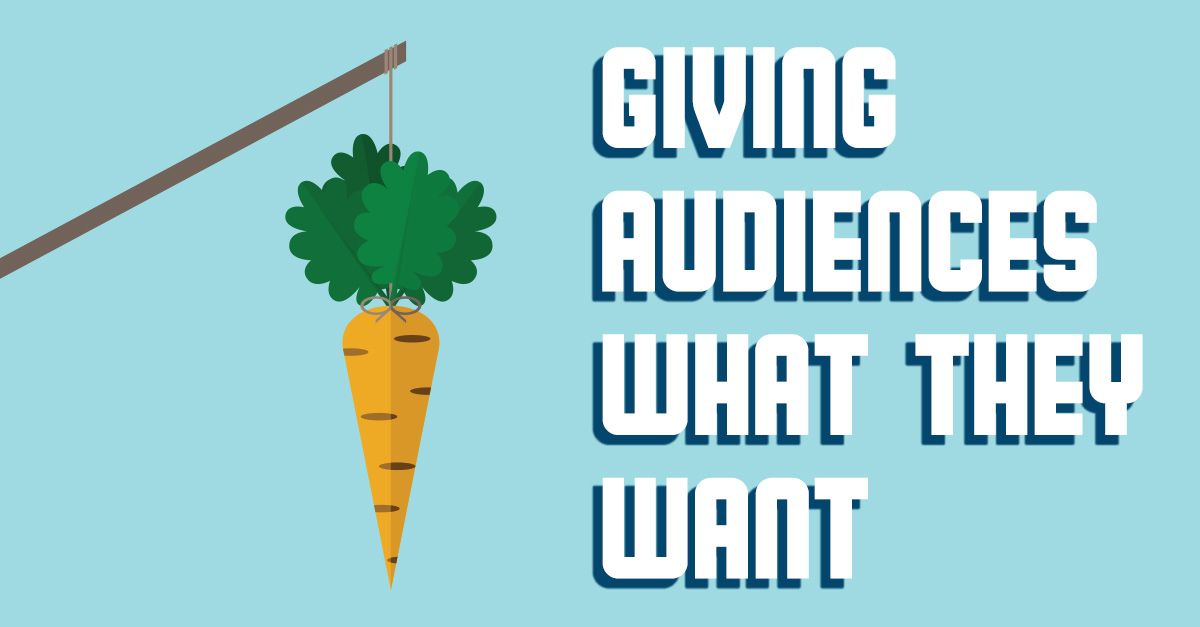
Retargeting is a way to connect with people who, based on their digital actions, previously interacted with your website or mobile app. It allows you to strategically position your ads in front of these audiences as they browse online, thus helping you increase your brand awareness, or to remind those audiences to make a purchase.

With retargeting, marketers are able to display their ads to consumers who abandoned a cart, made a purchase or bounced from a website. Here’s why we know it works:
- Customers who see retargeted ads are 70% more likely to convert on your website
- While 72% of customers abandon carts, only 8% of customers who are not retargeted come back to convert
- 46% of marketing professionals believe retargeting is one of the most overlooked online marketing methods
- 9% of brands allocate a separate budget for retargeting efforts
- 33% of customers retarget to increase revenue, 33% do it to earn new customers, 16% do it to improve site engagement, and 12% do it to boost brand awareness
- 25% of consumers enjoy retargeted ads because they remind them of products they’ve viewed previously

Marketers often misunderstand how to best utilize retargeting. It’s definitely one of the most powerful ways to get results from any display or video campaign, as you’re going after people who have shown some interest in your product or your service. From that perspective, it’s an extremely valuable tool to incorporate. However, just like programmatic display, it should be measured a little differently and understood a little differently than a bottom-funnel tool like paid search, where the primary value is at the bottom of the funnel when people are ready to purchase.
Retargeting helps people continue to be moved through the sales funnel. That’s because we’re able to stay in front of consumers and remind them that they’ve been meaning to get their oil changed, or pick up those roses for an anniversary, or get a bigger house. It’s extremely powerful, and we see remarkable results in terms of what can be tracked, even on an impression basis.

Our philosophy at Genius Monkey is that there are opportunities to get far better pricing on retargeting, as long as you use a somewhat sophisticated method. This can be problematic because the pricing model dictates this: Let’s just say that you, the marketer, want to get in front of a hundred thousand people because they have been to your website. By definition, you’re coming at it from a position of apparent desperation. So, for that reason, and because it is such a finite group of people, our costs can be significantly higher by approaching it in that way.
However, what we have found is that we can still reach those same people, considering that they’re a part of your target audience already. You would still have a dedicated retargeting audience. We may not be as aggressive in extending the budget on those that we are retargeting because we can get those same people through our overall programmatic targeting, as well. So, the net result is that we get just as many impressions (probably more), in front of that same audience–for less money. And this is while you still have a dedicated fund to make sure you get your impressions in front of that very specific audience. To be continued …




